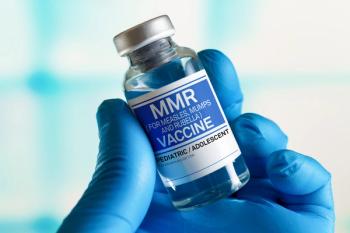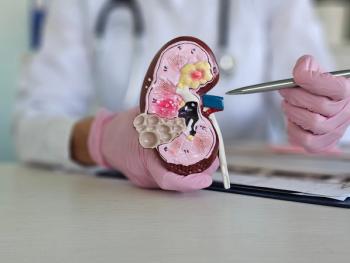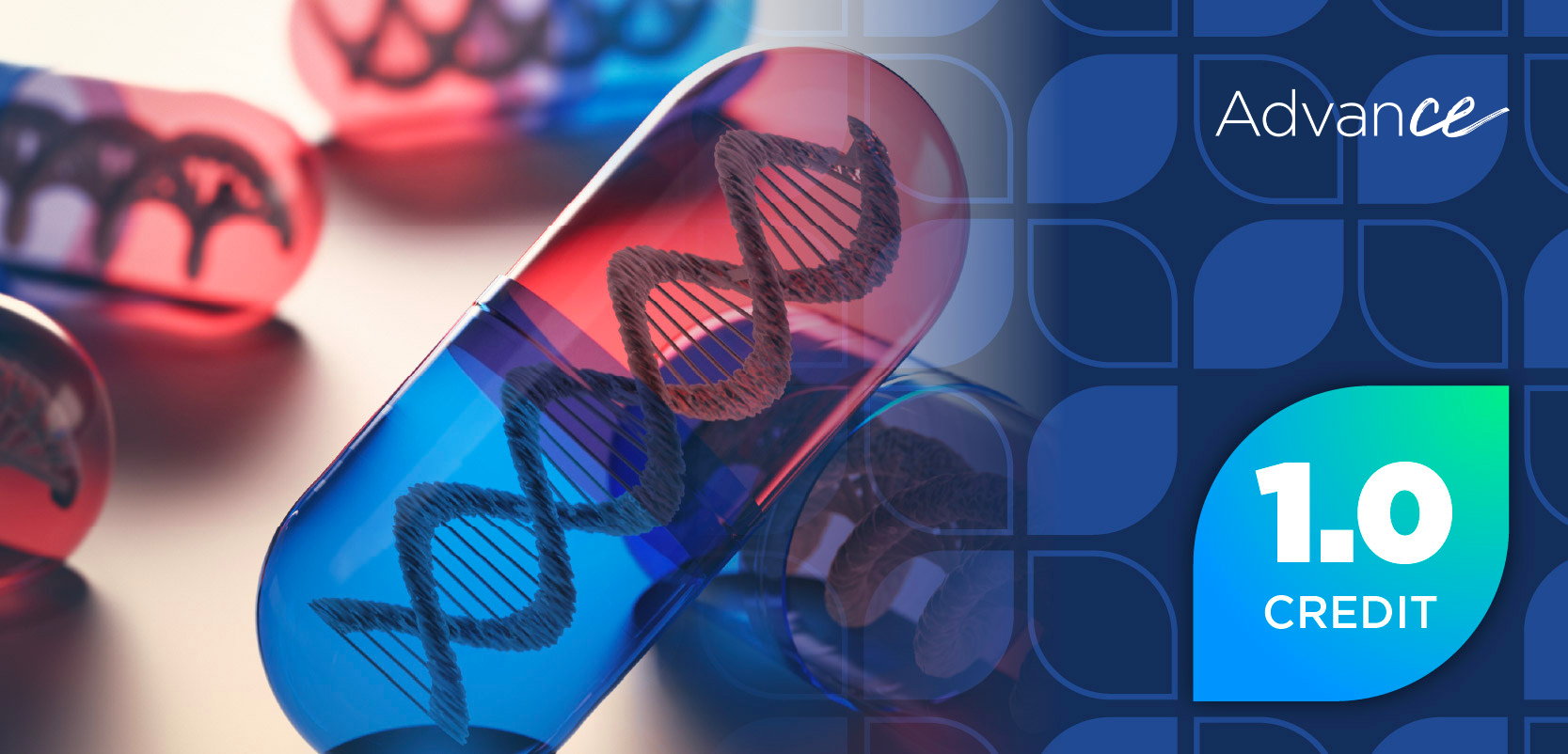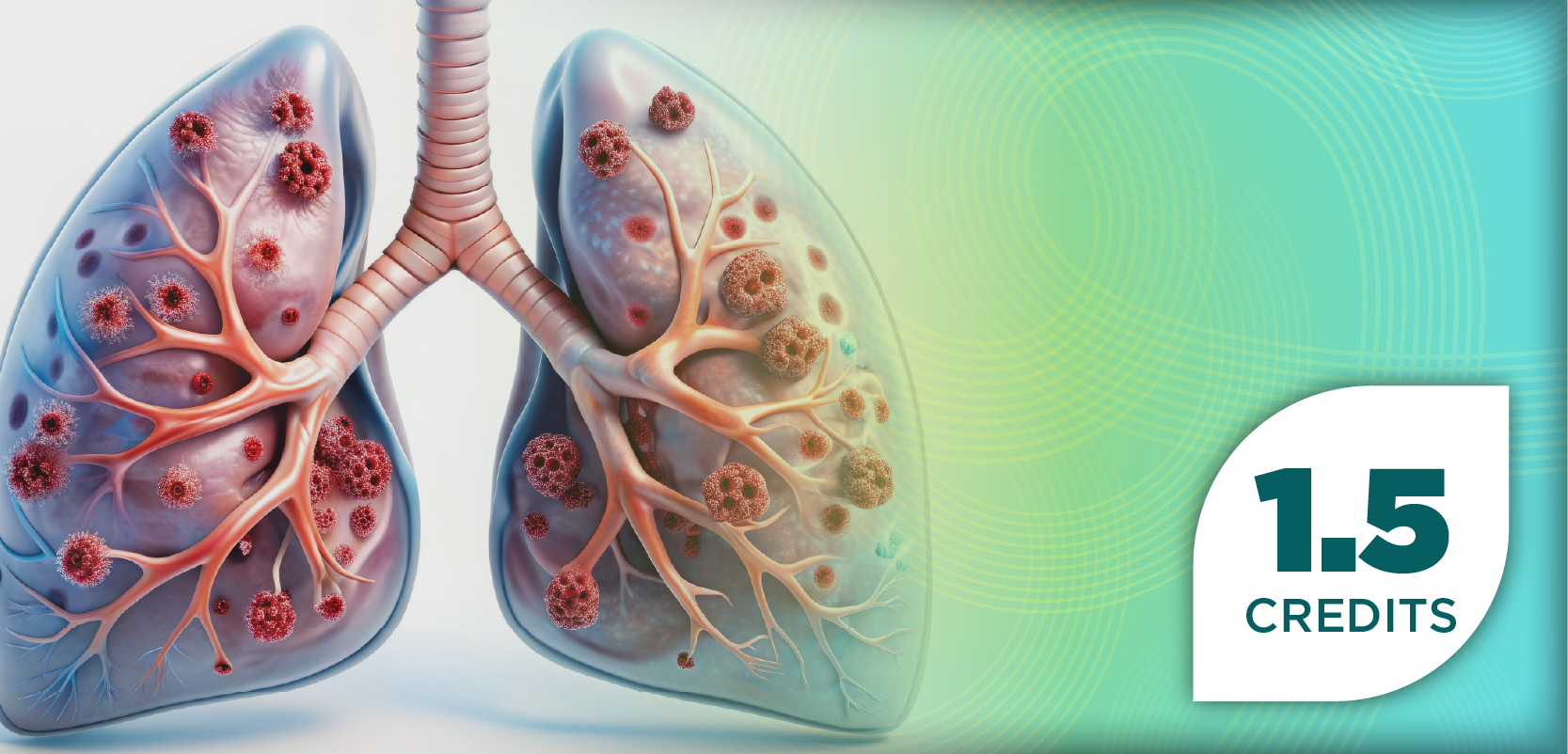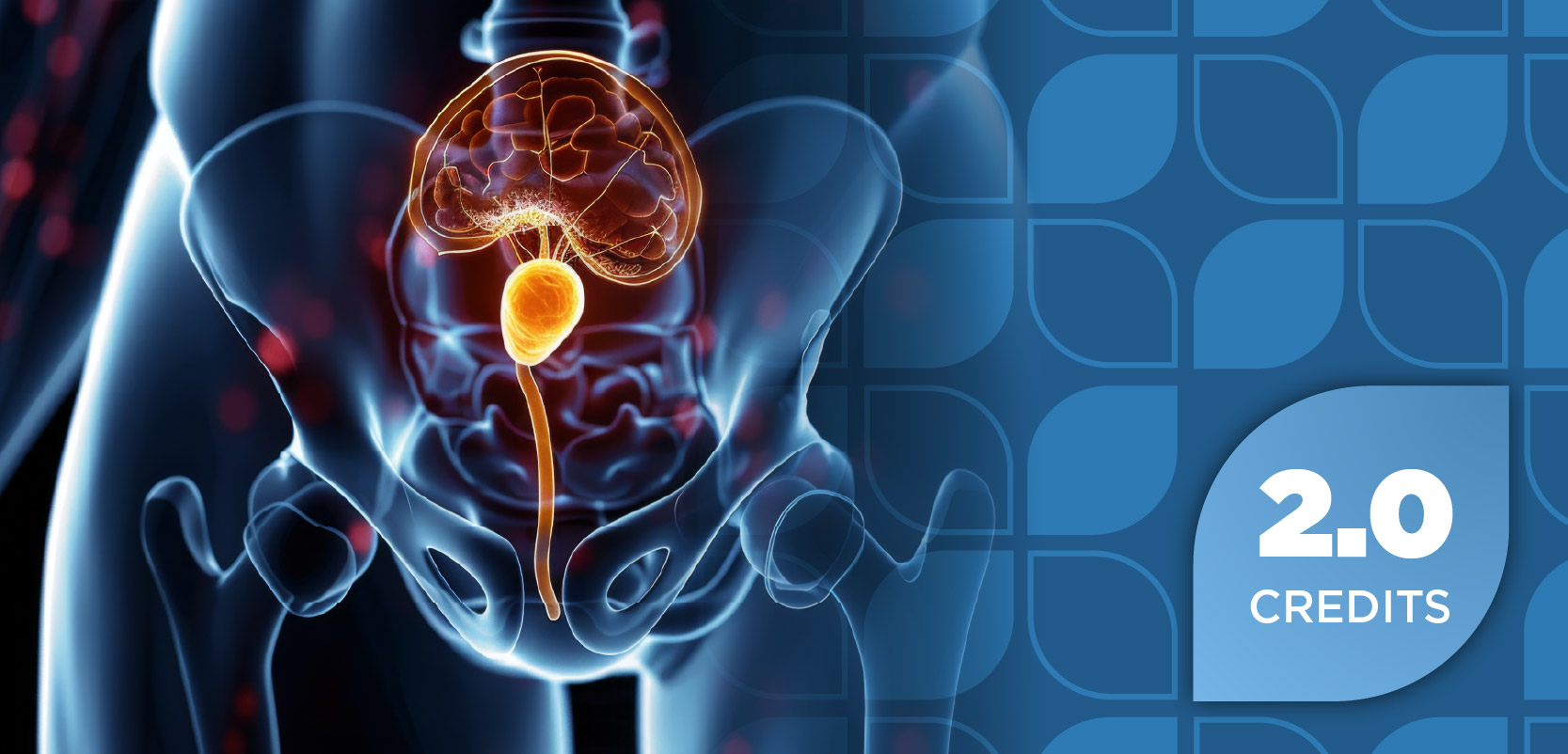
Case-Based Insights on Managing Steroid-Refractory cGVHD After Haploidentical Transplant
Gianni Scappaticci, PharmD, BCOP, outlines a personalized, evidence-based approach to managing steroid-refractory chronic graft-versus-host disease (cGVHD) in a post–haploidentical transplant patient, highlighting the rationale for using ruxolitinib, belumosudil, or their combination based on disease progression and fibrotic features.
Managing chronic graft-versus-host disease (cGVHD) following allogeneic hematopoietic stem cell transplant requires nuanced clinical judgment, particularly in patients with evolving and multi-organ involvement. In this interview, Pharmacy Times® speaks with Gianni Scappaticci, PharmD, BCOP, clinical pharmacist specialist in bone marrow transplant and cellular therapies at Michigan Medicine in Northville, Michigan, about his evidence-based approach to treatment decision-making in a complex case of steroid-refractory cGVHD in a 61-year-old patient with therapy-related acute myeloid leukemia (t-AML) in complete remission 1 (CR1) post–peripheral blood stem cell (PBSC) haploidentical transplant.
Scappaticci discusses factors guiding the potential use of ruxolitinib (Jakafi; Incyte Corporation) and belumosudil (Rezurock; Kadmon Pharmaceuticals)—either individually or in combination—based on the patient's disease progression, prior therapies, and fibrotic manifestations, offering insight into how pharmacists can tailor interventions to improve outcomes in challenging cGVHD scenarios.
Pharmacy Times: In reviewing the case of a female patient aged 61 years who was diagnosed with t-AML in CR1 and who underwent haploidentical PBSC allogeneic transplant, how would you approach tailoring therapy for this patient while considering evidence-based best practices?
Gianni Scappaticci, PharmD, BCOP: In this particular case, this was a 61-year-old female who was about 34 days post-transplant when she initially developed grade II acute GVHD of the skin. This was treated with oral prednisone at 2 mg per kg per day, and topical steroids had eventually resolved. Day plus 128 post-transplant, she developed moderate cGVHD involving skin, which was grade II, and mouth, which was grade I. This was also treated with oral prednisone at 1 mg per kg per day, and topical corticosteroids that had a partial response. By day 205, her cGVHD had progressed, became severe, and it involved skin grade II with sclerotic changes, mouth, which was grade II, and joints, which were grade I. So, the flare up occurred while tapering steroids 2.75 mg per kg per day. So now we're looking to see what would be the best therapy to treat her steroid-refractory cGVHD.
So initially, my thoughts with this case is that ruxolitinib is almost always our kind of go-to agent for steroid-refractory cGVHD. So that certainly is an option—and the patient—we don't have any labs for the patient, but I would assume the patient could tolerate 5 mg [twice a day (BID)] or 10 mg BID for ruxolitinib. So you can start lower and taper and increase the dose. But the patient does have some unique characteristics with cGVHD, so it does involve sclerotic changes with her skin. In the previous treatment, she was treated with both topical and oral steroids. So you could consider those to be 2 different lines of therapy. So perhaps a different approach would be to start an anti-fibrotic agent, so belumosudil in this setting, or a combination of belumosudil and ruxolitinib together. It doesn't appear that the cGVHD is progressing so fast that having a drug that may not work as quickly wouldn't be an option in this circumstance. So personally, I think that I would kind of be in favor of starting perhaps belumosudil and ruxolitinib together in this setting to help to stop the progression of the cGVHD and also to treat the current more acute symptoms.
Newsletter
Stay informed on drug updates, treatment guidelines, and pharmacy practice trends—subscribe to Pharmacy Times for weekly clinical insights.

